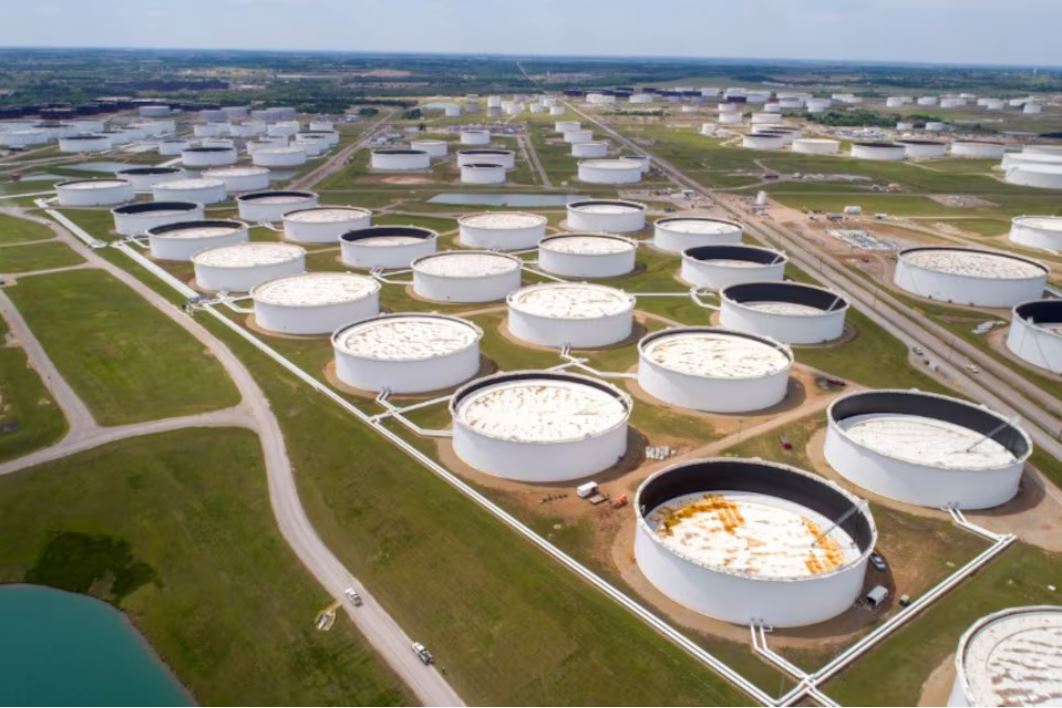Oil prices traded within a narrow range on Tuesday as markets await the outcome of what is expected to be a closely contested U.S. presidential election. Brent crude futures rose slightly by 16 cents, or 0.2%, to USD 75.24 per barrel, while U.S. West Texas Intermediate (WTI) crude climbed 18 cents, or 0.3%, to USD 71.65 per barrel by 0841 GMT.
The market had gained more than 2% in the previous session, buoyed by the decision from OPEC+ to delay a planned production hike in December. The group, which includes the Organization of the Petroleum Exporting Countries and its allies, decided to hold off on increasing output by a month due to weak demand and rising non-OPEC production that is putting downward pressure on prices.
Despite the recent uptick, analysts caution that oil prices may remain range-bound as a busy week ahead keeps traders on edge. “We are now in the calm before the storm,” said Tony Sycamore, an analyst at IG. Market participants are watching closely for developments not only in the U.S. election but also the Federal Reserve’s policy meeting and China’s National People’s Congress (NPC), which is expected to provide further economic clues.
Polls suggest a tight race for the U.S. presidency, and any delays or disputes in the election results could add volatility to global markets, including oil. “The market is in a near-term waiting game,” said Yeap Jun Rong, market strategist at IG, adding that a clearer fiscal stimulus plan from China is unlikely before the election results.
In supply news, OPEC’s oil output rebounded in October, aided by a recovery in Libyan production, although Iraq’s efforts to meet its cuts under the OPEC+ agreement limited the overall increase. Further supply could come from Iran, where the government has approved a plan to boost output by 250,000 barrels per day.
Meanwhile, a tropical storm in the Gulf of Mexico is expected to intensify into a Category 2 hurricane, potentially disrupting U.S. oil production by up to 4 million barrels.
Ahead of U.S. weekly oil data on Wednesday, a preliminary poll showed that U.S. crude stockpiles likely increased, while distillate and gasoline inventories declined.



